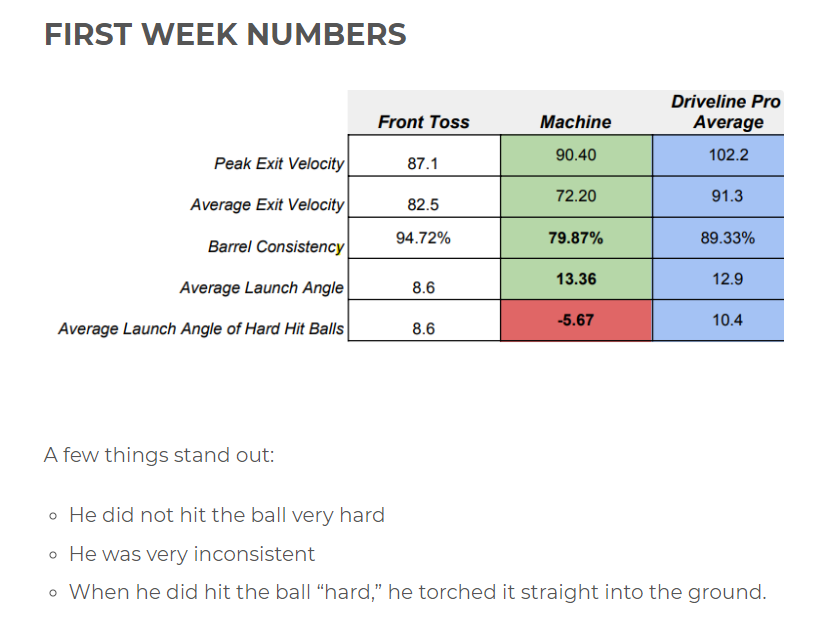Intentional Walk Decline: Let MLB Teams Do the Scouting
Fiddle Farts. I’ve been diving deep into my to-do list hoping for a study to verify nothing. This study was not a quick-and-easy one. I’m surprised how much can be gleaned from a small drop in a hitter’s intentional base-on-balls (IBB).
When examining intentional walks, it’s not like canoeing across a calm flat lake with no dangers. Instead, it’s more of a white water rafting with no rest or the end in sight.
Two types of hitters normally see a drop in intentional walks, great hitters on the decline and the eighth hitter in National League parks. Of the 776 intentional walks last season, 410 came from the third (104), fourth (123), and eighth (183) spots in the lineup. It’s a player pool of just the once best and now worst hitters in the league.
Read the rest of this entry »

